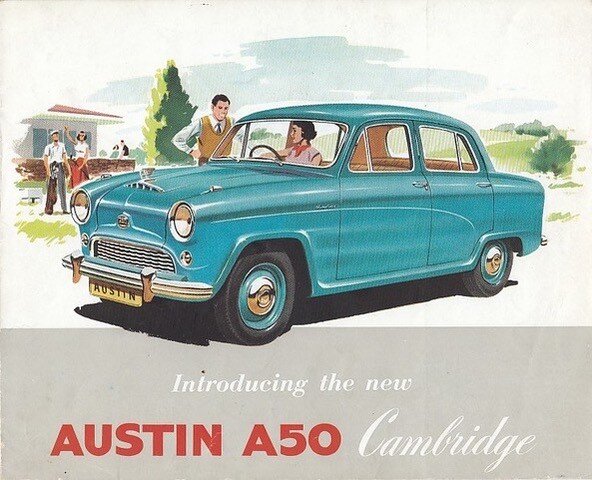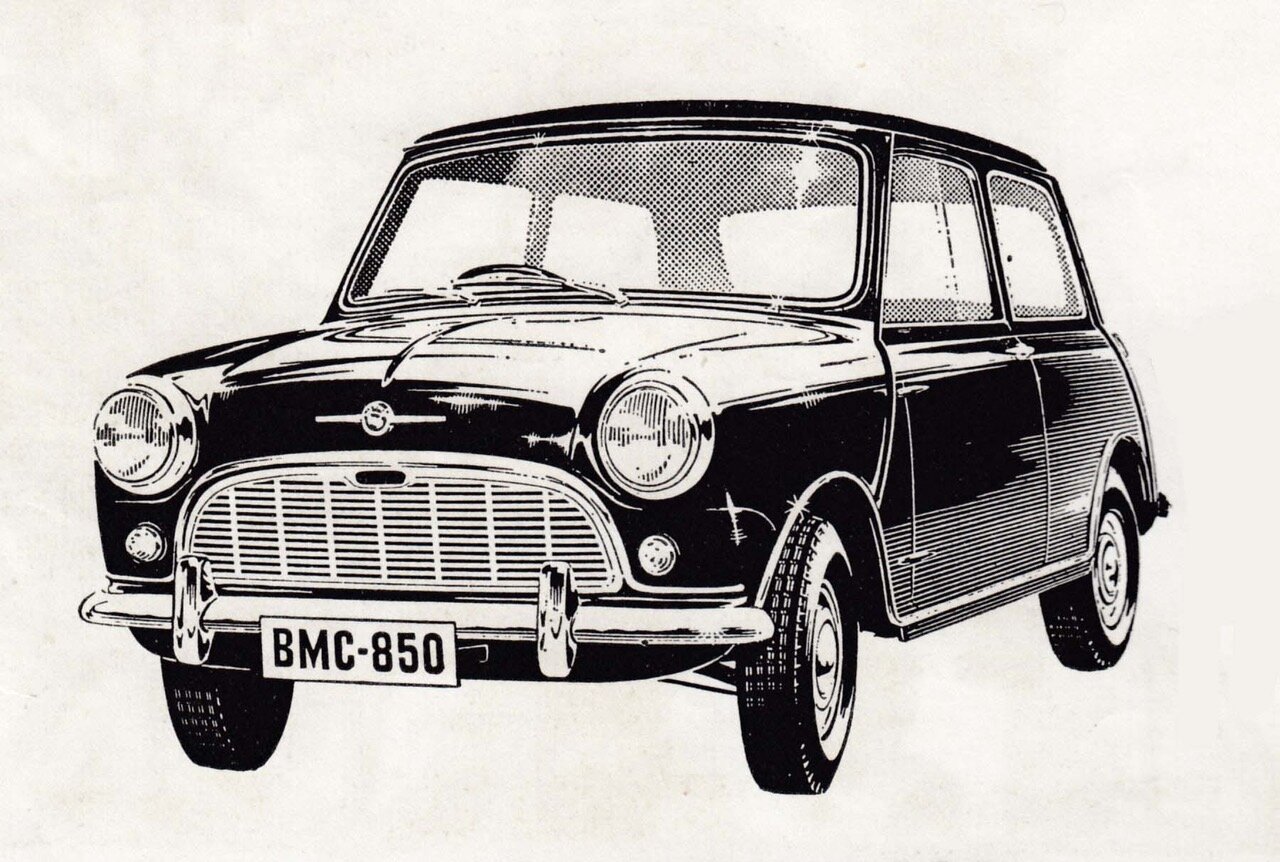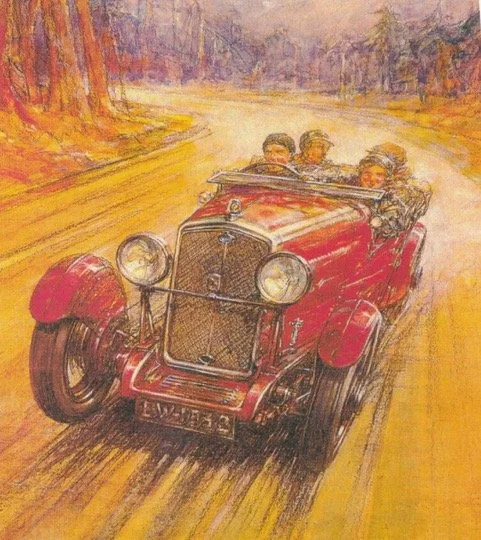The Marshal – BMC’s big Morris for Australia

When BMC was setting up in this country, they realised that a great deal of rationalisation would have to take place. The biggest Morris on the market in 1956 was the Isis – a six-cylinder version of the Series II Oxford. It used the 2.6 litre C-Series engine, but it was not selling in numbers to make it viable, and it was fully imported. The Austin A95 Westminster was assembled here as a CKD vehicle, so it was decided to axe the Isis and to make the Morris dealers happy, a suitable car would be created from the Austin.
The Morris Isis, which used the basic Oxford body, but with the 2.6 Litre 6 cylinder engine, also used in the Austin A95
The Austin A95 - the differences can be seen with the Marshal. The Marshal’s grille, bonnet pressing and the chrome side trim was re-arranged with the addition of an annodised aluminium flash on the rear guard.
The original concept of the Marshal in the ’Styling Studio’ of BMC Australia.
A new grille was designed – simpler and I think neater than the rather messy A95 affair. The bonnet was redesigned with an air-intake slightly further back, and some of the side chrome strips re-arranged, as well as the two-toning scheme, to give it a different appearance from the Austin. It was given a military name in line with the Major, and is always spelt with one "l". A badge with crossed swords graced the boot lid and the front guard sides, while a heavy cast M badge replaced the plastic Austin crest above the grille.
The two brochure illustrations show the subtle differences between the Marshal and the A95 Westminster.
It was launched at the end of 1957, priced at £1458, slightly above the Austin at £1447. An FE Holden Special was £1204, so there was never any attempt to break into its market. The BMC twins lay in an awkward section of the market; much more than a Holden, but substantially less than a Customline (£1992) Chevrolet (£2075), Chrysler Royal (£1896) and the Humber Super Snipe (£1798). Three 4–cylinder cars, Standard’s Vanguard at £1417, Renault Fregate Admiral at £1483 and the Humber Hawk at £1480 may have been considered, or for about £100 less, the six-cylinder Ford Zephyr was a worthy rival.
The Austin A95 sold reasonably well, but the so-called M95 lagged in the show-rooms. Morris had never sold large cars successfully; their market was mainly Minors and Majors, and if you wanted a big car from their stable, there was always a Wolseley.
Morris Marshal advertisement
A Marshal Traveller was offered, but sold in tiny numbers; the A95 Countryman wasn’t much more successful. Michael and Sue Wells have a Marshal Traveller under restoration in Toowoomba. One version of the A105 was made – the M105, probably for a director.
Morris Marshal Traveller
Both the A95 and Marshal are highly thought of – they were well-suited to Australian roads and were fast with a top speed of around 90 mph. Wheels magazine summed it up in January 1958; ‘Is smooth, silent and powerful – very like an A95 to drive, but sufficiently different to make it necessary to try both before choosing. Needs development in several details, but is a safe, pacy, long striding car, ideal for distances and rough back roads, and with a huge touring range’.
From the 1958 British book - The Observer’s Book of Automobiles
Sales records have been lost, but it’s estimated that probably no more than 1000 were produced.













